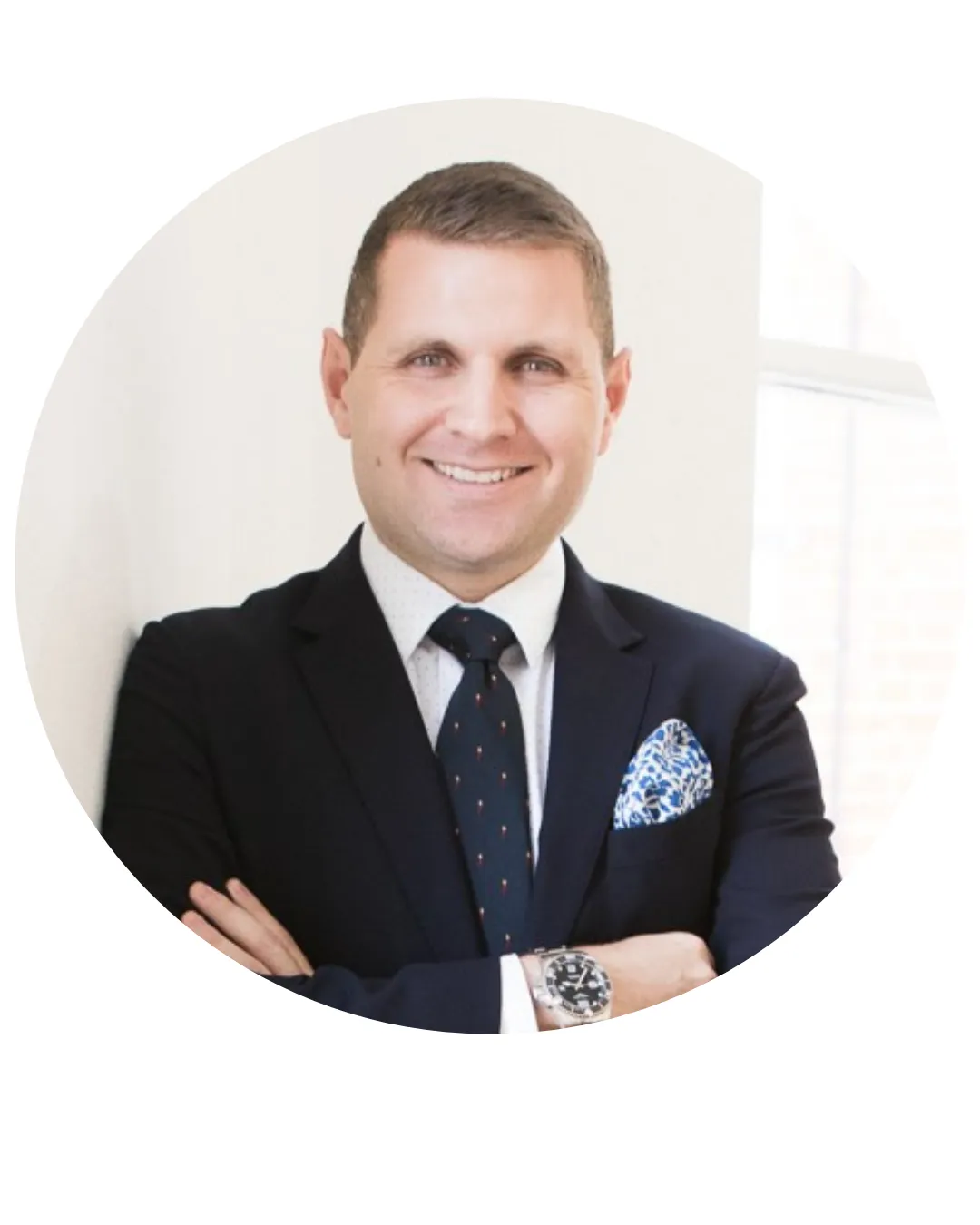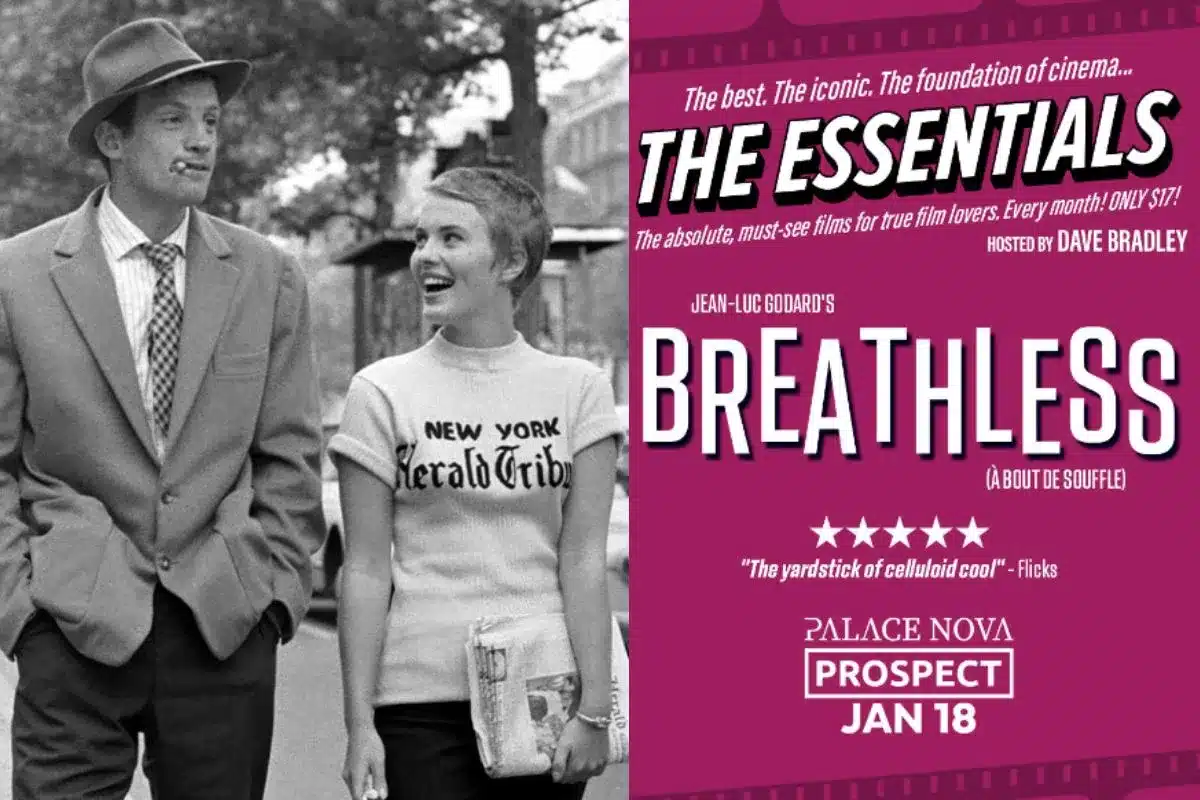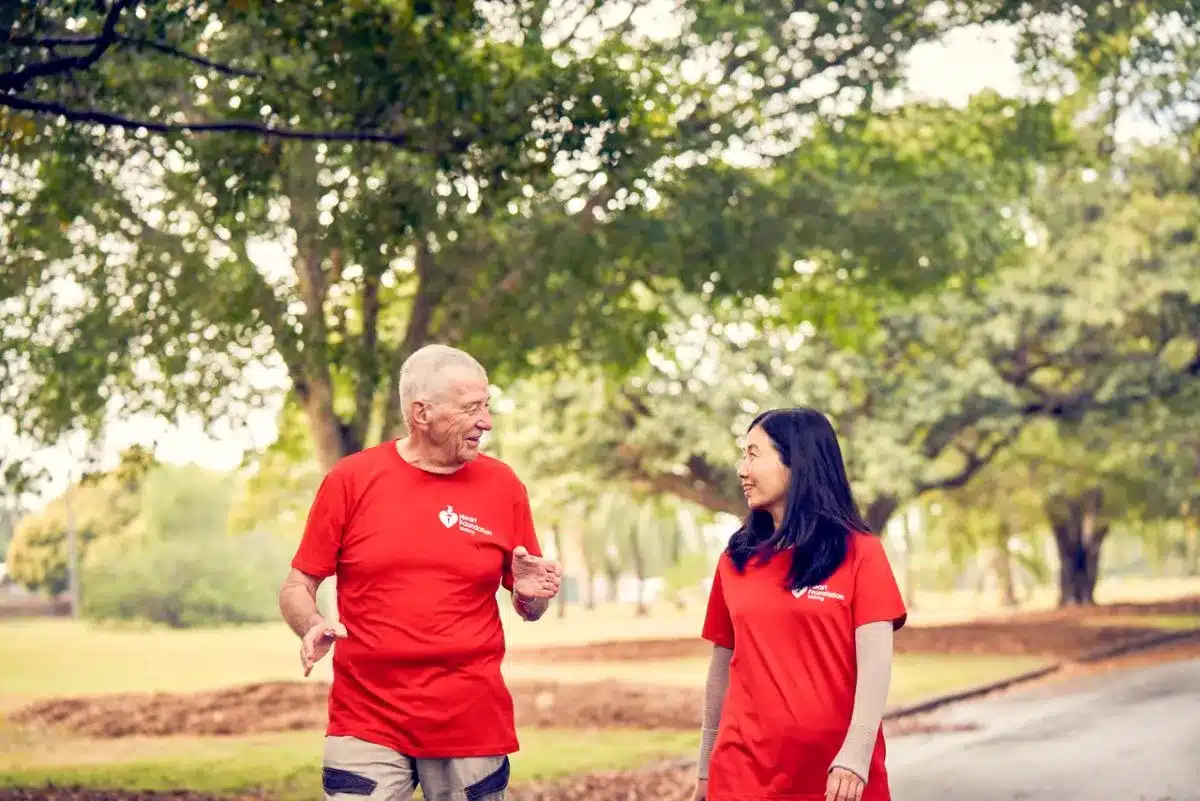By Dr Christian Verdicchio, Heart Support Australia
Whilst we remain aware of heart attacks given the media highlights there is an arrhythmia which the general public remain unaware of that is Atrial Fibrillation (AF).

What is Atrial Fibrillation and why is it so important?
AF is the most common cardiac arrhythmia in the world which affects 2% of the global population. There is a growing prevalence of AF worldwide and in Australia it is now the leading cause of cardiac-related hospitalisations surpassing both heart failure and heart attack. In fact, more than one in three (34%) Australians aged 50 and above live with AF.
AF cases in those aged 50 and above are projected to double over the next two decades, driven by an ageing population and rising rates of excess weight and obesity. People living with AF face a 3x increased risk of heart failure, nearly 5x the likelihood of having a stroke, and 2x the risk of developing dementia. Early diagnosis and intervention are crucial for effective management and reducing the risk of these potentially life-threatening complications.
AF is an electrical disturbance of the heart caused by abnormal electrical signals within the atria which result in the atria to contract out of rhythm and ultimately lead to a rapid and irregular heartbeat.
People with AF can suffer from a broad range of symptoms such as palpitations, dizziness, shortness of breath, fatigue and exercise intolerance.
Risk factors for AF
There are several cardio-metabolic risk factors that promote structural, electrical and autonomic changes to the atria which result in the promotion of AF. The following risk factors significantly increase your risk of developing AF.
- Obesity
- Hypertension
- Obstructive Sleep Apnoea
- Type II Diabetes
- Hyperlipidaemia
- Physical Inactivity
- High alcohol intake
- Smoking
How is AF diagnosed?

Diagnosing AF usually begins with a visit to your GP or cardiologist and requires a documented episode lasting 30 seconds or more. This may involve several assessments, including:
- Screening for symptoms and risk factors
- Physical examinations (pulse rate, listening to the heart, blood pressure)
- Relevant medical history
- Family history
- Electrocardiogram (ECG) – record the heart’s electrical activity and detect irregularities.
- Holter monitor (portable ECG monitor) – record the heart’s electrical activity over long periods of time while a person performs normal, day-to-day activities, to help assess the cause of symptoms, like palpitations or dizziness, that occur throughout their daily lives.
- Echocardiography (ultrasound) – assesses heart valves, chamber sizes and heart pumping function.
How is AF treated?
The treatment of AF varies from patient to patient as it depends on a wide range of individual circumstances. Ultimately there are two treatment strategies: rate or rhythm control.
Rate control refers to the treatment to manage the heart rate of the patient to ensure that heart rates are within normal limits. As AF patients can typically have higher heart rates than normal, it is important to regulate this within normal limits as if it is left uncontrolled it may lead to cardiomyopathies or heart failure.
Rhythm control refers to the treatment to manage the arrhythmia by restoring normal rhythm (sinus rhythm). This can be done via antiarrhythmic drugs, or surgical options such as direct current cardioversion or a catheter ablation.
Anticoagulation is also an important part of the treatment in conjunction with rate or rhythm control therapies, as patients with AF have a significantly higher risk of having a stroke, and therefore anticoagulation medication is routinely used to help lower the risk of a stroke.
Risk factor management in AF

The link between lifestyle-based risk factors and AF onset is well established. Thanks to state-of-the-art research here in Adelaide, leading AF researchers and clinicians have shown that improving the individually identified risk factors in AF patients can lead to a reduction in the time or frequency of AF episodes and ultimately stop AF altogether.
Studies show a significant improvement in cardiac function and structure, reductions in AF symptoms and burden and a higher chance of achieving AF freedom in those patients who:
- Lost more than 10% of initial body weight,
- Exercised aerobically for 30-mins daily
- Screened and treated sleep apnoea with CPAP therapy,
- Treated blood pressure for a target BP of <130/80,
- Controlled and monitored blood sugar levels thru lifestyle
- Reduced weekly alcohol consumption <3 drinks per week
In the ACTIVE AF study, conducted as part of my PhD research, it was found that individuals with atrial fibrillation who exercised for 210 minutes per week (30 minutes per day) were twice as likely to be free from AF—40% compared to 20% in the control group. These findings highlight the powerful role that improved cardiorespiratory fitness can play in reducing AF burden and enhancing quality of life.
Atrial fibrillation can happen to anyone. A simple Medicare GP Heart Health Check is available to all those above the age of 45 years. Arrange to see your GP as soon as possible and don’t delay any further. A Heart Health Check could save your life. If you already have heart disease, then go back to your cardiologist if you suspect you may have AF.
For more information about heart disease, visit Heart Support Australia at heartsupport.org.au









